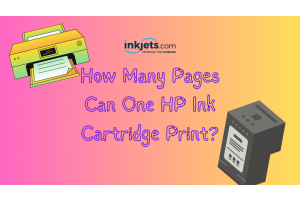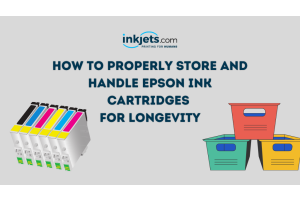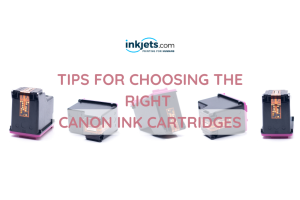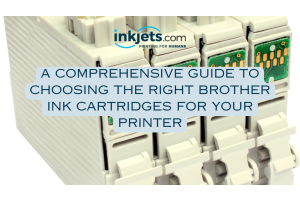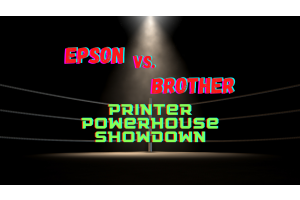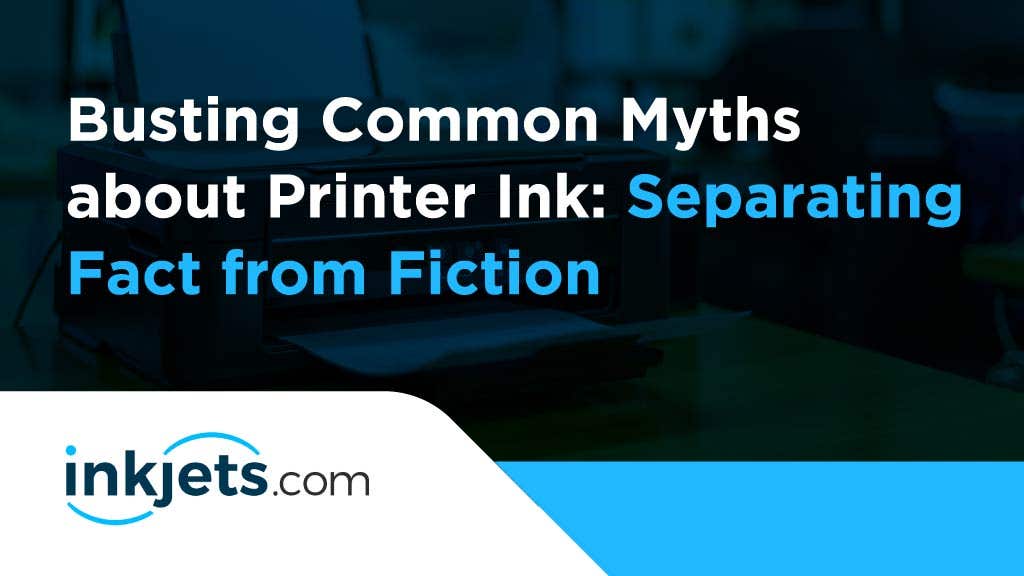
Printer ink is an essential component of any printing process, whether it's for home, office, or professional use.
However, printer ink has also been the subject of numerous myths and misconceptions over the years.
These myths often lead to confusion and misinformation among users, causing them to make incorrect assumptions
about printer ink and its usage.
In this blog, we aim to debunk some of the most common myths about printer ink and provide accurate information
to help you make informed decisions.
Myth 1: Generic Ink Cartridges Damage Printers
One of the most pervasive myths is that using generic or third-party ink cartridges will damage your printer.
While it is true that using poor-quality or incompatible cartridges can cause issues, the same can be said for
certain branded cartridges as well.
Read: Everything You Need to Know About Remanufactured Ink Cartridges
The key lies in selecting reputable third-party suppliers who provide high-quality ink cartridges designed for
your specific printer model.
Many generic ink cartridges undergo rigorous testing and adhere to industry standards, ensuring compatibility
and reliable performance.
As long as you choose reputable suppliers, using generic ink cartridges can be a cost-effective alternative without
compromising the health of your printer.
Myth 2: Printer Manufacturers Use Ink as a Profit-Making Scheme
It is often claimed that printer manufacturers intentionally design their printers to consume more ink quickly, leading
to frequent and expensive replacements.
While it's true that printer manufacturers make profits from selling ink, this myth oversimplifies the situation.
Manufacturers invest significant resources in research and development to improve print quality and efficiency.
Inkjet printers, for example, use microscopic droplets of ink for precise printing, and optimizing this process
requires specific ink formulations.
Read: What Are The Best Inkjet Printers?
Additionally, manufacturers often provide high-capacity ink cartridges and ink-saving features to help users
reduce costs.
It's crucial to strike a balance between manufacturers' profits and the need for quality printing.
Myth 3: Ink Cartridges Expire Based on Time, Not Usage
Many printer users believe that ink cartridges expire solely based on a predetermined time period, regardless of their usage.
In reality, ink cartridges have an expiration date primarily because the ink inside them can dry out or become less
effective over time.
Exposure to air and fluctuations in temperature can cause ink to thicken or clog the printer nozzles, resulting in poor print quality.
However, proper storage and usage can extend the lifespan of ink cartridges. Keep them sealed in their original packaging until
ready for use, store them in a cool, dry place, and use them regularly to keep the ink flowing smoothly.
Myth 4: Refilling Ink Cartridges Is Always Cost-Effective


Refilling ink cartridges with third-party inks or do-it-yourself kits is often touted as a way to save money.
While it can be a cost-effective option in some cases, it's not always the best choice.
Refilling cartridges yourself can be messy and may introduce air bubbles, causing inconsistent print quality.
Moreover, some printers use smart chips or circuitry in their cartridges to monitor ink levels or detect
refilled cartridges, leading to potential compatibility issues.
If you decide to refill cartridges, ensure you follow proper procedures, use reputable refill kits, and be aware
of potential risks that may void your printer's warranty.
Myth 5: Using Draft Mode Saves Significant Ink
Many people believe that printing in draft mode significantly reduces ink consumption. While draft mode does use less ink,
the difference in savings may not always be substantial.
Draft mode typically sacrifices print quality for faster output, resulting in lighter, less saturated prints. However, the actual ink
savings can vary depending on the printer model and the document being printed.
It's advisable to compare the output quality in draft and standard modes to determine if the reduction in print quality is
acceptable for your specific needs.
Conclusion
Printer ink myths can mislead users and prevent them from making informed decisions about their printing needs.
By debunking common myths surrounding printer ink, we hope to provide clarity and enable users to make
better choices.
Remember to choose reputable suppliers, properly store and use ink cartridges, and weigh the pros and cons of
refilling cartridges.
Understanding the facts about printer ink empowers users to optimize their printing experience, strike a balance
between cost and quality, and minimize any potential issues associated with ink usage.




